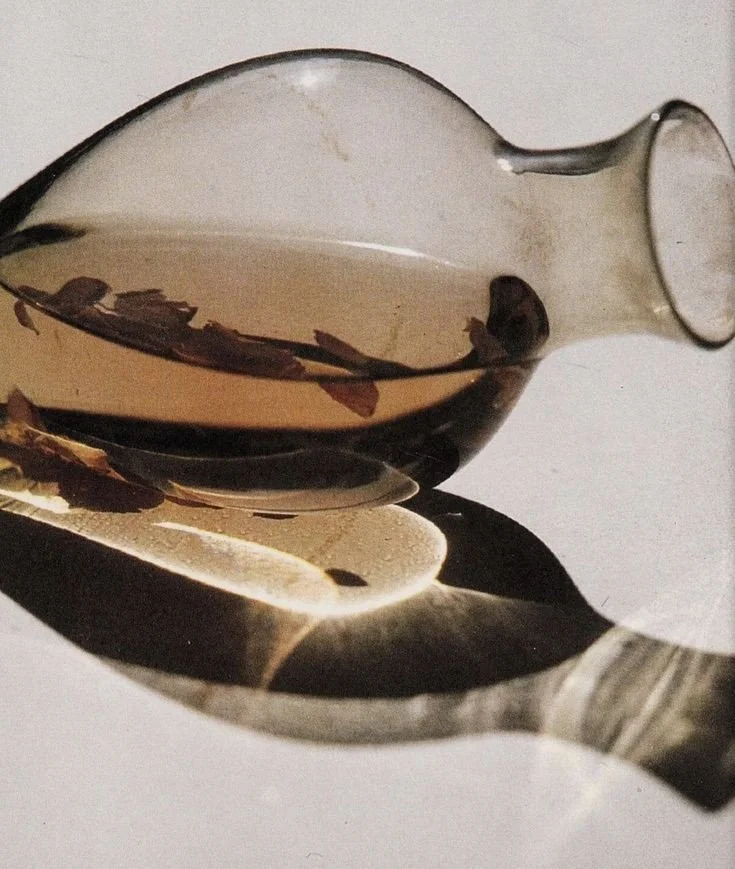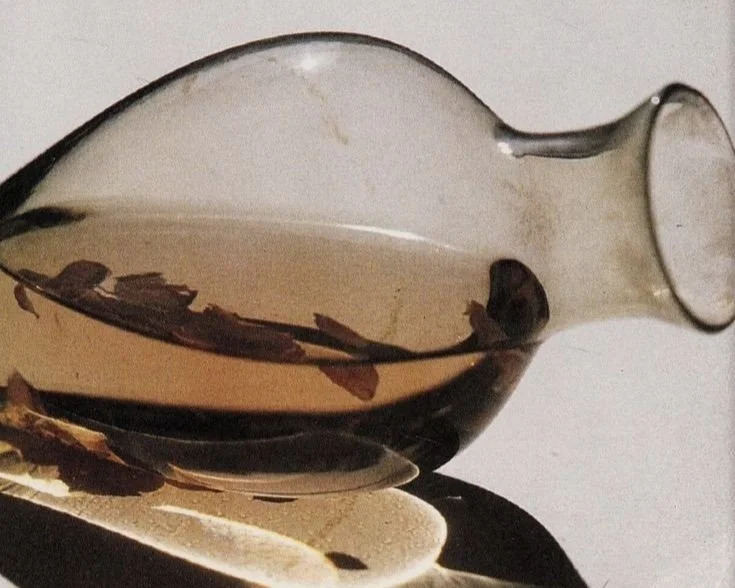How to Cultivate Good Taste and Aesthetic Sensibility
Explore what good taste really means and learn how to cultivate your aesthetic sense through timeless principles of elevated living.
Taste is one of those elusive qualities that’s difficult to define but instantly recognizable. It speaks not in declarations but through decisions—of color, composition, cadence. Good taste is never about excess or performance; it is about discernment. It is the lens through which we shape our surroundings, curate our style, and compose a life that reflects clarity and coherence.
In a world flooded with choices, cultivating an aesthetic sense is not merely an indulgence—it’s a discipline. This is not about trends or social aspiration, but about the pursuit of harmony, balance, and a refined perspective. True taste is not inherited. It is cultivated. And like any art, it begins with awareness and intention.
-
Introducing The Parlor, an exclusive repository of 100+ personal growth, self-care, and luxury living resources to help you thrive.
-
Explore The Dossier, our premium career and business intelligence platform for luxury industry professionals and brands.
A Brief History of Taste
Historically, the concept of taste has carried both aesthetic and moral weight. In the 18th century, philosophers such as David Hume and Immanuel Kant argued that taste, though subjective, could be elevated and refined through exposure, education, and critical reflection. Kant’s notion of a “judgment of taste” emphasized the ability to find beauty in something for its own sake—not because it serves a function or signals wealth, but because it evokes a universal sense of delight.
As society evolved, taste expanded beyond the realm of art and philosophy into everyday life. The rise of interior design, etiquette, and fashion in the 19th and 20th centuries introduced taste as a lifestyle—best exemplified by tastemakers like Elsie de Wolfe, who championed simplicity, proportion, and the notion that one’s home should express a cultivated spirit.
Later, sociologist Pierre Bourdieu added complexity to the conversation, arguing in Distinction that taste is also shaped by class, education, and access. According to Bourdieu, what we deem as “good” often reflects the values of a particular social group. While his view introduces important critiques, it also reinforces the idea that taste is not innate—it is formed through context, exposure, and experience.
The Psychology of Aesthetic Perception
Why do some things strike us as beautiful while others fall flat? The answer, in part, lies in the brain. Neuroscientific research has shown that humans are naturally drawn to certain visual qualities—symmetry, balance, contrast. This emerging field of study is called neuroaesthetics, and posits that aesthetic taste is more than biology. It is also emotional.
Cognitive psychologists point to the role of empathy, memory, and personal narrative in shaping our preferences. From an early age, our environments begin to shape our sense of what’s pleasing or discordant. A child raised in a home where beauty is noticed—where paintings are discussed, where textures are felt, where rituals are cherished—develops an eye for detail that often translates into taste later in life.
Moreover, the phenomenon of “aesthetic fluency” suggests that the more we expose ourselves to art, design, or culture, the more we sharpen our ability to make subtle distinctions. In this way, taste becomes a psychological skill: the result of emotional intelligence paired with visual literacy.
The Philosophy of Taste and Judgment
Philosophers have long sought to understand why aesthetic judgments seem both personal and universal. When we say something “has taste,” we imply a level of refinement and insight that transcends opinion. Kant referred to this as disinterested pleasure—the experience of finding something beautiful without needing it to fulfill a purpose or benefit us.
True taste, in this sense, is not about decoration or display. It is a cultivated inner standard. It emerges when personal instinct is tempered by education, reflection, and an awareness of history. In the modern context, we might say that taste is the ability to make intentional choices—choices that are rooted not in popularity, but in alignment.
Elevate Your Life
Take our conscious luxury course and turn your life into a masterpiece of majestic moments — tailored to your distinct tastes and personal preferences.
What Defines Good Taste Today?
In a digital age of infinite options and fleeting trends, the notion of good taste has become both more accessible and more diluted. Social media has democratized beauty, allowing countless voices to express their aesthetic preferences. Yet it has also created an illusion of refinement, where surface style often replaces substance.
So what does good taste look like today? It is thoughtful rather than reactive. It reflects a sense of coherence rather than chaos. It favors pieces and decisions that endure—whether in fashion, interiors, or visual identity—because they are well-composed and deeply considered.
Good taste is never maximal or performative. It knows when to pause, when to subtract, when to resist the temptation to impress. It is elegant because it is intentional. And it is perceptible because it is practiced.
How to Cultivate Good Taste
Refining your taste is not a singular act, but a lifelong evolution. Here are several ways to consciously develop your aesthetic sense:
Study the Timeless
Start with what has endured. Visit museums. Read classic literature. Watch films by directors known for visual poetry. Spend time with architecture that has stood the test of centuries. The goal is not to mimic but to understand the principles—proportion, symmetry, restraint—that underpin lasting beauty.
Travel with Awareness
Traveling exposes you to diverse styles, materials, rituals, and compositions. But the key is to observe. How do other cultures express beauty? What details are prioritized? Even in your own city, you can adopt the traveler’s mindset and bucket list, seeking out galleries, gardens, historic buildings, or art walks.
Curate Your Surroundings
Our external environment is a direct extension of our internal aesthetic. Begin by editing your space. Choose materials that feel good to the touch. Use light intentionally. Let your home, wardrobe, and even your digital footprint reflect clarity, not clutter.
Practice Discernment
Discernment is the heart of good taste. It is sound judgement and the ability to make choices based on a refined internal compass—not peer pressure, not status, not novelty. To develop it, practice asking questions: Does this resonate with me? Does it align with the mood I want to live in? Will it age well?
Be Patient and Present
Taste doesn’t emerge overnight. It grows with time, exposure, and reflection. Keep a journal or visual archive of what inspires you. Revisit it often. Notice how your preferences change—and how they begin to converge into a point of view that feels distinctly your own.
Taste as a Way of Seeing
At its core, good taste is not about exclusivity—it’s about perception. It’s the ability to notice nuance, to edit with intention, to choose with clarity. It requires sensitivity, not snobbery. Presence, not performance. And above all, it requires a willingness to see the world—and oneself—with greater refinement.
Taste, once cultivated, becomes more than just a guide for beauty. It becomes a way of being. Here are some exercises to help you get started:
Create a Pinterest board with visuals that deeply move you—no algorithmic trends, just instinct.
Visit a gallery and write about one piece that made you pause. Describe it in detail.
Curate a capsule wardrobe or a tabletop vignette with only five pieces that express your sensibility.
Watch a film for its composition alone—how light, color, and form create mood.
Take our luxury lifestyle course Elevate Your Life for a deep dive into cultivating taste.




















